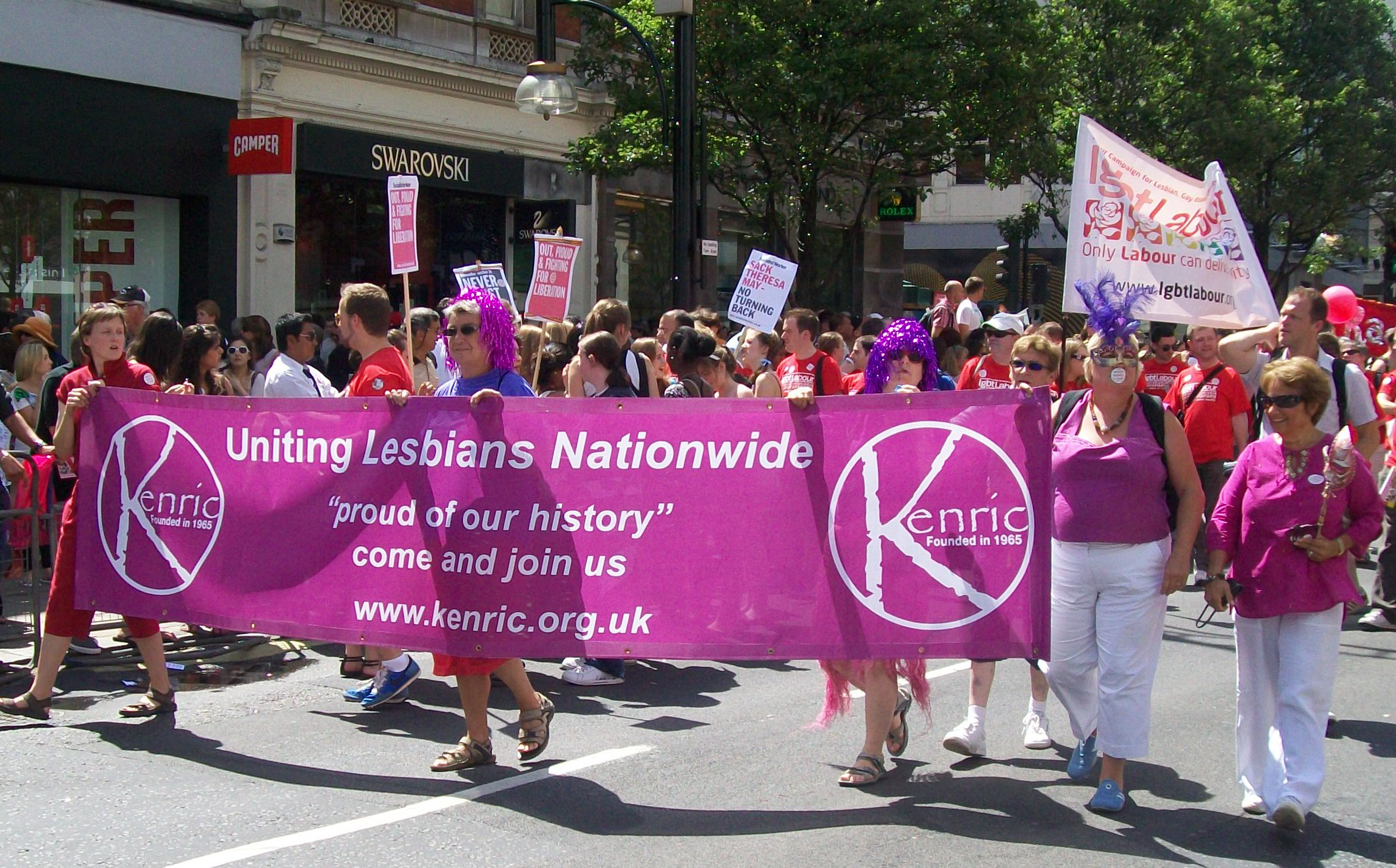Why LGBTQ Places Matter
Place gives a sense of belonging. The built environment is where we have lived, loved, socialised and taken shelter. Not only does it meet our needs, it reflects our lives and desires.
Video: Author Sarah Waters on Pride of Place
Every place in England has a Queer history. But there is no tidy history of the LGBTQ past. Some places are significant because they were used to escape hostility towards same-sex love or gender diversity.
In certain periods, however, Queer behaviour was ignored or even accepted. Contrary to common belief, Queer people were not always considered deviant.
LGBTQ people have long used public and private buildings, parks and streets to create our own cultures. Even though our identities are expressed differently today, having a knowledge of this heritage gives LGBTQ people a sense of long-established communities.
Our historic buildings and spaces of all kinds have acted as meeting places for LGBTQ people, in all towns and villages, and across time.
Most cities and towns had particular bars and pubs that tolerated and welcomed Queer people, some even when homosexuality was illicit or illegal.
Theatres and artists’ studios have also been places of greater licence for pleasure and Queer behaviour. They were and often still are cosmopolitan, bohemian spaces where alternative ways of living can be imagined or experienced.
Powerful institutions of the past, such as schools or monasteries, have been locations of same-sex relationships, as well as places that issued warnings and decrees about these desires.
Our historical landmarks have LGBTQ connections. Roman Emperor Hadrian, who ordered the construction of Hadrian’s Wall in the north of England, had relationships with men. Most notable was his relationship with Antinous.
Town halls, the centres of local government across the country, have seen impassioned debates about LGBTQ rights since the 1980s. London’s County Hall, the seat of the Greater London Council, was vilified for promoting lesbian and gay equality.
More recently, town halls have hosted the civil partnerships and marriages of lesbians and gay men, alongside the unions of heterosexual people.
Some open spaces have become notorious as places where men sought sex with other men. From the late 19th century public toilets have often been sites for public sex, ‘cottaging’, by men.
Churchyards might be ‘cruising grounds’ for sex, as St Paul’s Church in Covent Garden was in the 18th century. Inside churches, we sometimes find memorials to love between men, or between women.
Trans people have ‘fooled’ church authorities into marrying them – reports of such weddings are found from the 18th to the 20th centuries.
Many more types of buildings and places are significant to LGBTQ heritage. Stories of suburban streets, dockyards, factories, courtrooms and palaces are told in the web pages below. Many of our historic houses, homes of the affluent and elite, contain secrets of the Queer past – although these stories often remain invisible to visitors today.





